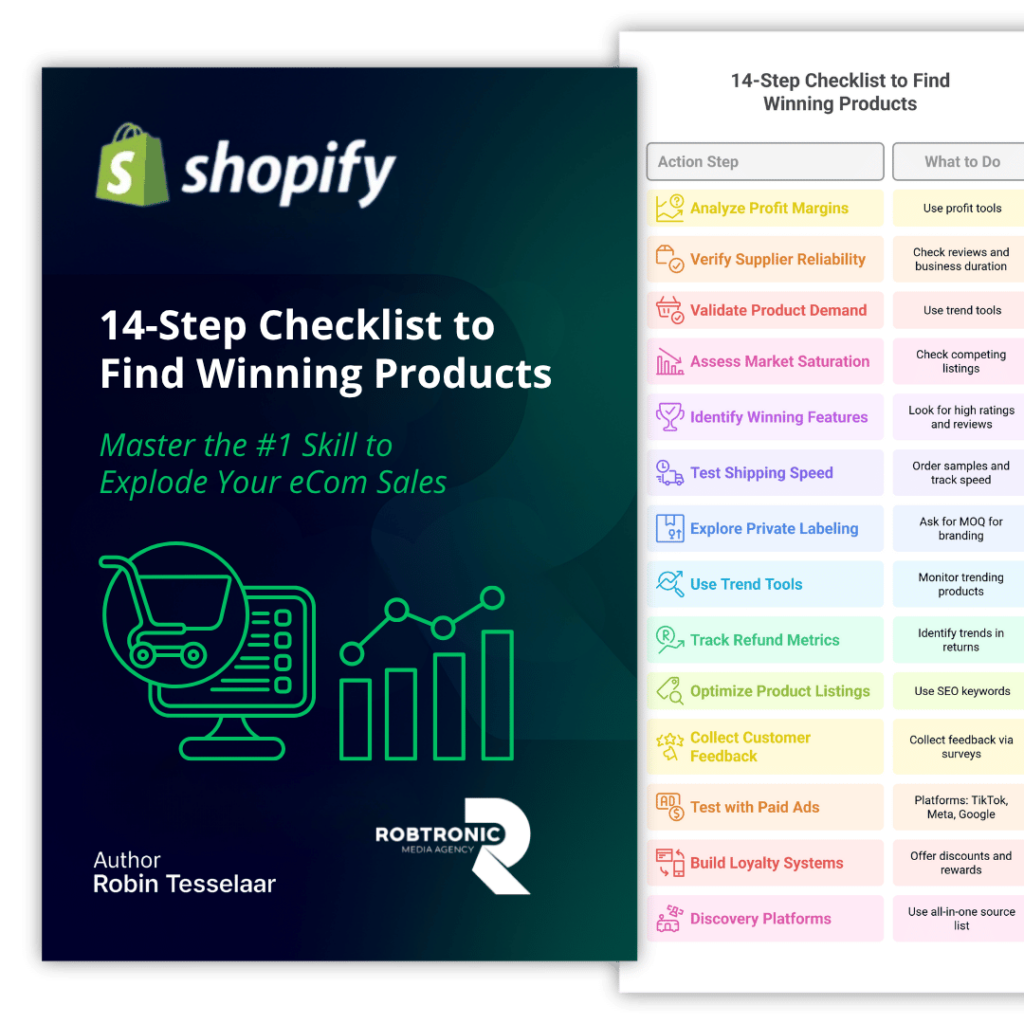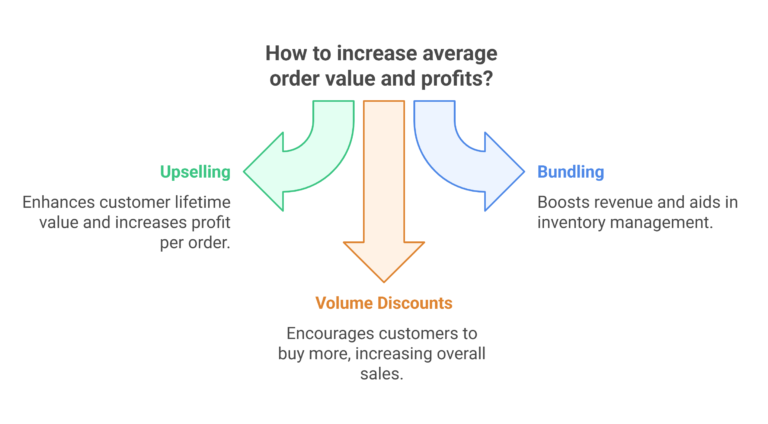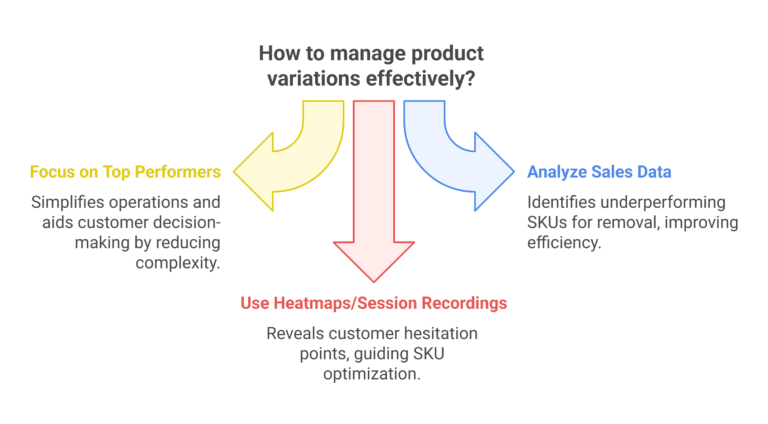Many dropshippers hit a wall: sales are coming in, but profits? Not so much. If that sounds familiar, you’re likely dealing with one or more common mistakes that silently drain your store. Robin has been an e-commerce seller since 2019. He has seen these issues up close. Let’s break down the top mistakes—and more importantly, how you can fix them.
1. Not Having Enough Profit Margin
A key part of a successful dropshipping store is choosing the right profit margin. Robin recommends aiming for at least €20 profit per product. Without this, you might break even or lose money once you factor in ad spend, customer service, and returns.
Thin margins leave no room for testing new ads, hiring help, or improving customer service. You can get stuck in a cycle of selling more but earning less. Profitability drives growth. It also helps fund better infrastructure and tools.
Tip 1: Before you launch your first ad, it’s crucial to understand the platform’s policies. Here’s a full guide on dropshipping on Google Ads and what rules you need to follow.
Tip 2: Need proof that high-margin products and good ad strategy work? This case study of a wellness brand scaling to 738 orders in 24 days shows how it’s done.
Tip 3: Always calculate your breakeven point and build a margin buffer above it. This ensures you can afford to scale without running into losses. Also, explore volume pricing from suppliers to boost your margin potential. Monitor ROAS weekly to adjust campaigns and cut underperforming ads.
“A good margin for a dropshipping business is anything over 30%.”
2. Selling Fragile Products
Shipping fragile products can lead to major issues. These include refunds, negative reviews, and problems with payment processors. Robin experienced this with a glass screen protector that had a high breakage rate in transit.
Refunds and reshipping cost money. Fragile products can hurt your business’s reputation. Frequent complaints can hurt your chargeback ratios. This might lead to your payment gateway being flagged or suspended. Plus, dealing with broken items consumes your team’s time and energy.
“Fragile items… Shipping internationally can cause problems in transit.” — Global Trade Magazine
Tip 1: Don’t choose fragile products. Make sure you can package them well and use short delivery routes. Durable products are safer for international shipping. Try offering digital products or light goods. This can help reduce logistics risks. You can also work with local fulfillment centers to reduce travel time and damage rates.
Tip 2: Listing too many new products daily can also dilute your store’s focus. Learn how many products you should list per day to avoid profit-killing mistakes.
3. No Bundling or Upsells
If your product can’t be bundled or upsold, you’re leaving money on the table. Robin’s early products were hard to upsell—customers only needed one. That meant limited profit per order.
Boosting your average order value (AOV) is a quick way to increase profits. You can do this without needing more traffic. Upsells also improve your customer lifetime value, especially if they enhance the use or appeal of the main item. Effective bundling boosts revenue. It also aids in stock rotation and inventory management.
Tip 1: Want to master upselling? Here are 7 proven upselling strategies that can boost your revenue per sale by 30% in 2025.
Tip 2: Choose products that can be sold in multiples or combined with accessories. Use Shopify apps to offer volume discounts or related items at checkout. And don’t forget post-purchase upsell tools like ReConvert to maximize each sale. You can also test tiered pricing bundles like “Buy 2, get 10% off – Buy 3, get 15% off.”
“Offer ‘Buy More, Save More’ deals: Entice customers with offers like ‘Buy 2, Get 1 Free’ or ‘Buy 3, Get 1 Free’.” — Logbase



